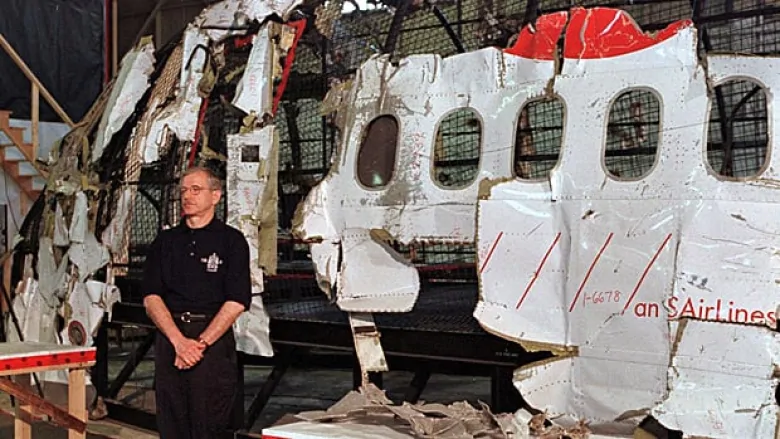On September 3, 1998, a devastating aviation tragedy unfolded as Swissair Flight 111 crashed off the coast of Nova Scotia, Canada. The crash resulted in the loss of all 229 people on board, marking one of the deadliest aviation disasters in Canadian history. Swissair Flight 111 was en route from New York City to Geneva, Switzerland, when it encountered a critical issue approximately 50 miles southwest of Halifax. The pilots reported smoke in the cockpit and declared an emergency, seeking immediate diversion to Halifax International Airport. Tragically, before the plane could reach the airport, it plummeted into the waters of St. Margarets Bay, just a few kilometers from shore. The crash site was located near the small fishing village of Peggy's Cove, sending shockwaves through the local community and the global aviation industry. The investigation into the crash revealed that the cause was a fire that had ignited in the plane's cockpit. The fire had spread rapidly, compromising critical systems and ultimately leading to the loss of control. The investigation further revealed that the fire had been caused by faulty wiring in the in-flight entertainment system, which had ignited the insulation material surrounding the cockpit area. The tragic crash of Swissair Flight 111 had a profound impact on aviation safety and led to significant changes in aircraft design, maintenance procedures, and emergency response protocols. The investigation prompted a thorough review of wiring systems in aircraft to prevent similar incidents in the future. As a result of the crash, new guidelines were established for the installation and maintenance of wiring systems, ensuring their safety and resilience. Additionally, enhanced fire detection and suppression systems were implemented to minimize the risk of in-flight fires and improve passenger safety. The crash of Swissair Flight 111 also highlighted the importance of collaboration and international cooperation in aviation safety. The investigation involved experts from multiple countries, including Canada, Switzerland, and the United States. Their collective efforts led to a comprehensive understanding of the causes and contributing factors of the crash, enabling the implementation of necessary safety measures. The tragedy had a profound emotional impact on the families and loved ones of the victims, as well as the communities affected by the crash. The loss of 229 lives, including passengers and crew from multiple countries, sent shockwaves around the world. Vigils, memorial services, and commemorations were held to honor the memory of those who perished in the crash. The crash of Swissair Flight 111 remains a somber reminder of the importance of aviation safety and the ongoing efforts to prevent similar tragedies. It led to significant advancements in aircraft design, maintenance practices, and emergency response procedures, ultimately enhancing the safety of air travel for passengers worldwide. The memory of the victims of Swissair Flight 111 lives on, and their loss continues to be mourned by their families, friends, and the global aviation community. Their tragedy serves as a constant reminder of the need for continuous vigilance, improvement, and collaboration to ensure the utmost safety in the skies.
3 Sept, 1998 Swissair Plane Crashes
